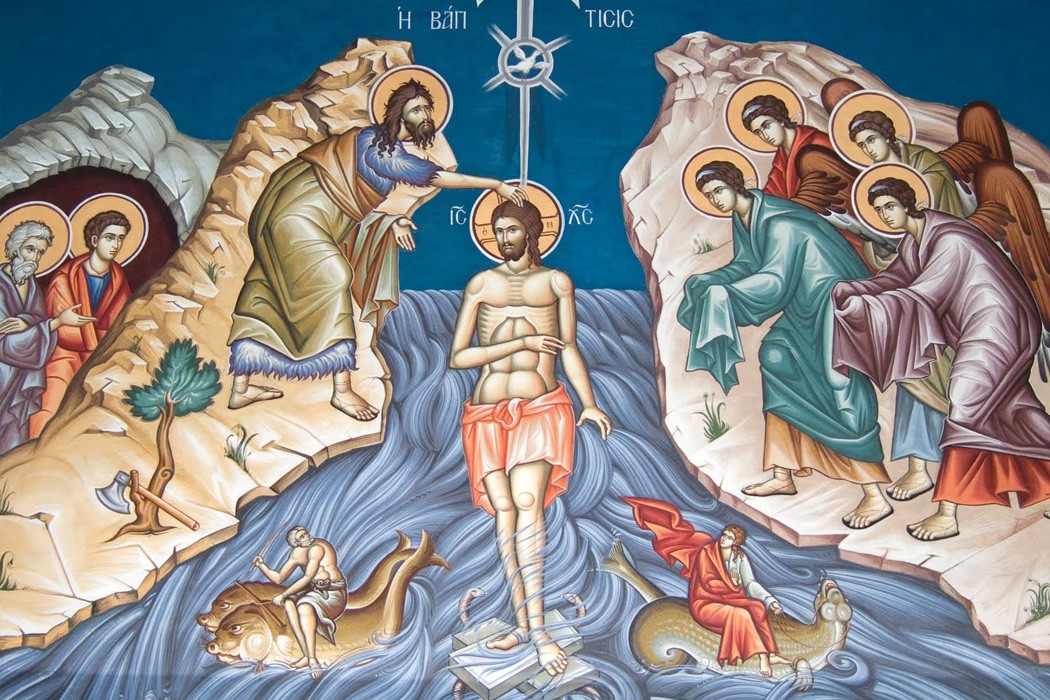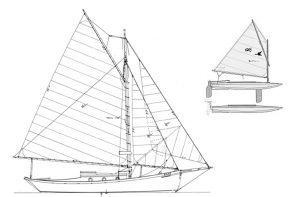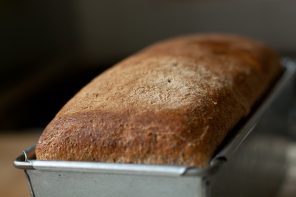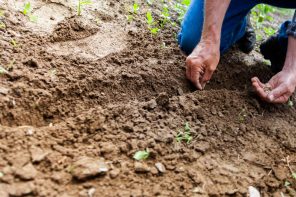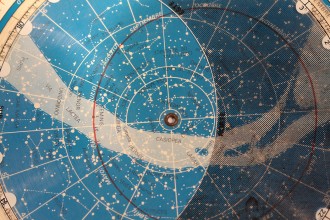Editor’s note: Each Thursday, we feature a throwback piece from Topology’s predecessor, catapult magazine. In this essay, Karissa Knox Sorrell recalls the holiness of water in a variety of settings.
We measure time by the holidays, don’t we? As soon as Halloween is over, my kids began asking whose house we’re going to for Thanksgiving and start circling toys in the Christmas ads from the paper. Days after Christmas, Valentine products are on the shelves in all the stores. Yet the word “holiday” came from the words holy day. Once, all celebrations were holy—sacred, spiritual, set apart. I don’t know if that’s the case anymore.
My church urges me to measure time by holy days, which we call feasts. Though we live in chronos time, through the feasts we dive into kairos time—sacred time, time-out-of-time—to experience and celebrate something beyond marketing ploys and holiday moneymakers. The liturgical year, with its varying feasts, colors, and customs is our way to redeem time.
12 days after Christmas we celebrate Theophany, sometimes also referred to as Epiphany, which is a time to remember Jesus’ baptism and to bless the waters. It is a feast that celebrates the redemption of all creation—the baptism of all creation, if you will. One year when my son was two and my daughter was four, we arrived at church for Theophany liturgy a little early. An assortment of white candles sat on top of the iconostasis, illuminating the icons. Bowls and vases of water with floating candles adorned the windowsills around the church. An older man in our church was lighting all of the floating candles, and my two little ones began following him around. Ephraim was especially captivated by the flames, and had to be warned not to touch them. “Can I help?” my son asked enthusiastically, and the man let him gently drop a couple of floating candles into a bowl of water. A few drops of water splashed up into his face, and he wiped them away and laughed. “Water!” he exclaimed.
Madeleine came up to me and tugged on my skirt. “Mommy, can we get floating candles at home?” I nodded and smiled, then guided them into their seats. I handed each of them their holy water bottles. I had picked up a couple of small glass bottles, craft paint and sparkly cross stickers at a craft store and had let the kids decorate them. The liturgy began. Our priest prayed the Great Blessing of the Waters, and then he walked up and down the aisles of the church sprinkling water on us.
As the drops hit my face, I couldn’t help but think of my favorite Thai holiday, Songkran. Songkran is celebrated during April, the hottest month of the year there. It is sort of like a Thai New Year, and it is a celebration of water. People take to the streets with hoses, buckets of water and water guns, and spray water on anyone who passes by. Young people visit their elderly relatives and pour scented water over their hands to bless them. Thais wash their Buddha statues and sometimes there will be parades of Buddha statues from local wats, or Buddhist temples, giving the lay people the chance to cleanse the holy figures. My experience with Songkran was just the fun part: dragging our buckets and hose into the street and showering all the neighborhood kids. For some Thais, that’s all Songkran is, too: fun. Yet for many, it is a spiritual feast, a time to be reminded of the importance of ancestors and new life. Likewise, the feast of Theophany is our reminder of the Trinity of God and the life-giving water of Jesus.
The morning after Theophany liturgy, our priest and an assortment of church members gather at the Harpeth River. Father Stephen descends waist-deep into the waters and blesses them. He pours some of the holy water from the night before into the river. Then he tosses a silver cross into the river and some of the brave souls dive into the cold wetness and search for it. One lucky—or maybe blessed—person will surface with that cross held tightly in their hand, dripping with holy water.
In my mind I see the green water bubbling downstream from where my priest and brothers and sisters stand, where a deer leans her spotted head out of the foliage to drink from the sacred stream. Farther down, a school of fish dips and dives in the shallows close to shore, in the midst of the blessed water. Somewhere a truck is pumping water from the river to take back to the factory where some type of soft drink or beer will be made with it. One day, months from now, a guy will throw back a drink and maybe he will sense that he, along with the whole world, is redeemed.

